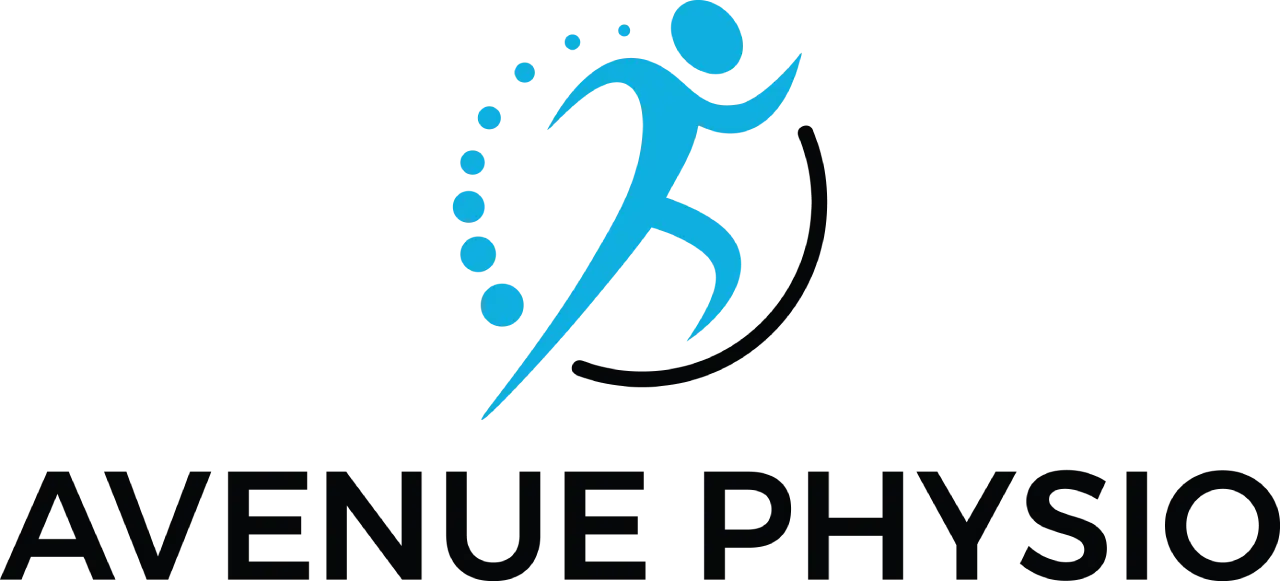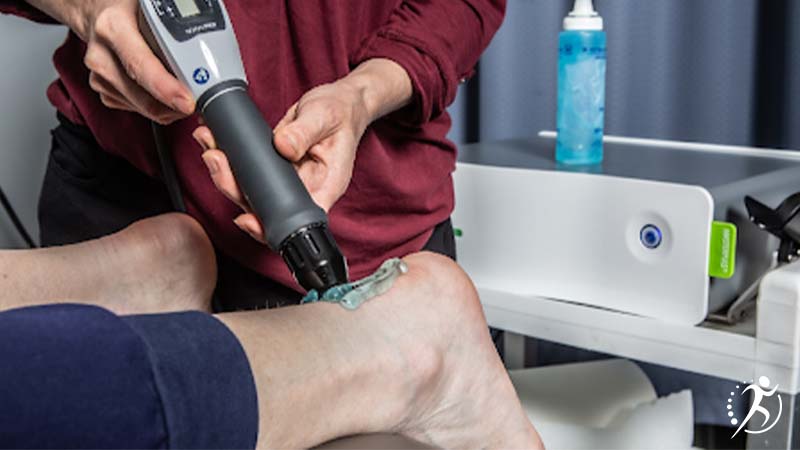
Have You Ever Been Shocked?
Shockwave Therapy has been used in Canada for more than 2 decades. It is a common treatment offered to patients who have a tendinopathy. You may know of the condition as a tendinitis. But this term is not scientifically correct because research shows that there is actually little or no inflammation present in these conditions.
At Avenue Physio we treat many tendon issues using shock wave therapy. Whether it’s tennis or golfers elbow, jumpers knee, plantar fasciitis or the rotator cuff. All these conditions have one thing in common. Tendons!
What is a tendon?
- Strong collagen fibers that connect muscles to bones to allow us to move
- Resistant to tearing but not very stretchy
- They are found from the head and neck all the way to the feet
- The Achilles is the largest tendon in the body. It attaches from the calf muscle to the heel bone
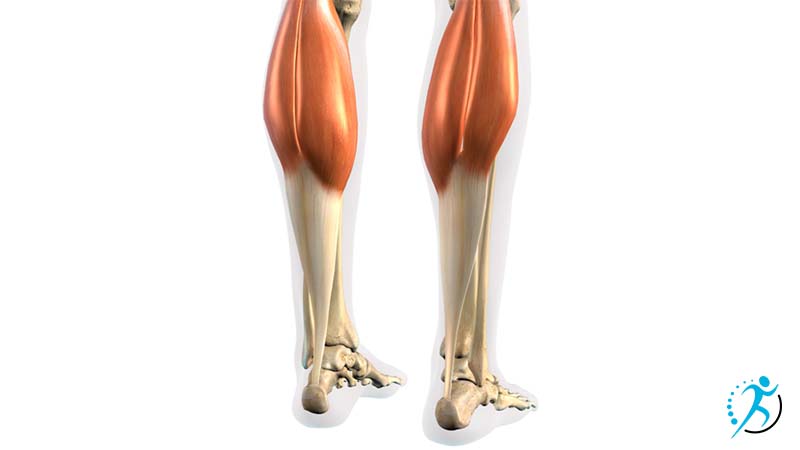
Why do tendons get injured?
When we compare muscles to tendons, tendons have fewer blood vessels. Because of this, they are prone to an injury when overstrained (overloaded) and take a lot longer to heal than other types of tissue in the body.
The tendon comes from a very stretchy tissue (the muscle) to a rigid stiff tissue (the bone). This is a difficult role to manage the forces applied to the tendon and results in a common site of injury.
What is a tendons role?
A tendons main role is to transmit forces from the muscle to the bone and absorb external forces to prevent injury to the muscle.
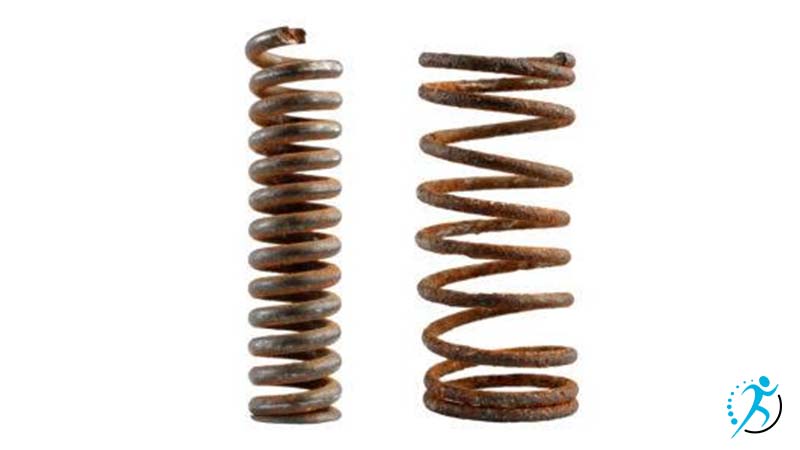
What you need to know about tendinopathies:
- A tendinopathy is a broad term that includes a painful tendon and the surrounding area in response to overuse.
- Tendons are tough fibres that connect muscle to bone. Tendon injuries usually occur in three areas:
-
- musculotendinous junction (where the tendon joins the muscle)
- mid-tendon (non-insertional tendinopathy)
- tendon insertion (where it attaches into bone)
Most tendon injuries occur near joints like the shoulder ankle, knee, and elbow. A tendon injury may seem to happen for no apparent reason, but usually it is a result of a repetitive overload.
So, what is actually going on in your tendon that has forced you to stop playing your favourite sport?
As said earlier, studies demonstrate that there is little or no inflammation present in your painful tendon. Instead what is seen microscopically at the tissue level is degeneration and disorganisation of the collagen fibres and increased cellularity.
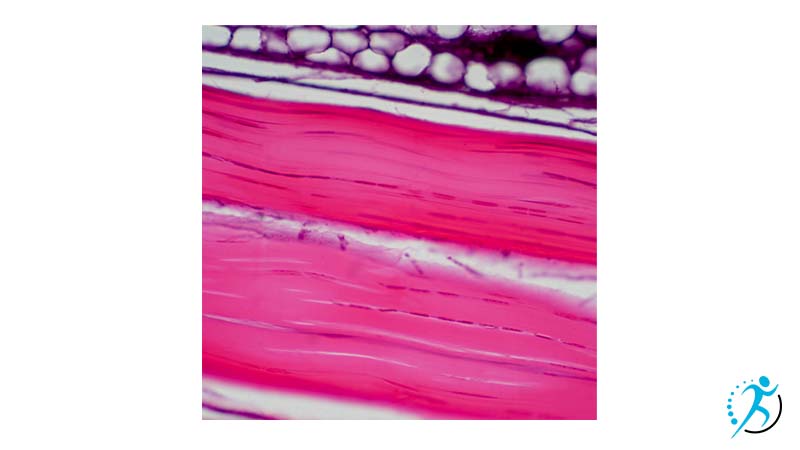
What does that mean?
It means your tendon is thickened painful and doesn’t withstand a load very well.
How we treat tendinopathies:
At Avenue Physio we treat a lot of tendinopathies. They can be challenging to treat and will depend on the individual and stage of healing you are at. For example, the onset of pain may be quite sudden and a reaction to an increased overload or the pain may be longstanding and not as severe and more the result of a chronic condition. Either way, the goal of treatment is to improve the tendons tolerance to load.
Avenue Physio Treatment FACTs
- Tendinopathy does not improve with rest. The pain may settle but as soon as you return to activity often the pain will return because rest does nothing to change the cellular matrix or increase tolerance of the tendon.
- There is no evidence that these injuries are caused by inflammation so the RICE (rest, ice, compression, elevation) may not apply. That includes cortisone injections and anti-inflammatories.
- You must exercise. But not just any exercise it must be specific and individualised and apply the “right” load to the tendon. Tendons must be loaded progressively, activities may need to be modified depending on stage of healing and individual goals.
- There are no shortcuts as you need to take the time that the tendon needs to build its strength and capacity. This can take up to 3 months and, occasionally, longer.
As a Avenue Physio our goal is to treat your pain and increase your function. We are always looking to the latest research to find the best and most up to date treatments to improve your quality of life.
As tendinopathies can be resistant to treatment despite our best efforts we often will incorporate other modes of treatment to improve outcomes.
Enter Shockwave Therapy!
What is Shockwave Therapy?
View this post on Instagram
Shockwave Therapy is a common treatment offered to patients who have tendon pain.
- Achilles
- Plantar
- Gluteal
- Proximal hamstring
- Patellar
- Rotator cuff
Shockwave treatment involves the application of intense, but very short energy waves, travelling faster than the speed of sound into the tissue of the affected area. The bombarding of the affected tissue by pneumatically generated acoustic waves produces a number of biological responses.
The mechanism and benefits of action from shockwave is not yet completely understood. Many of the following theories have been described in explaining the effects:
1) Improved Blood Flow – Normal blood flow is necessary to start and maintain the repair processes of damaged tissues. The acoustic wave causes micro ruptures that stimulates re-vascularization, improving blood supply and oxygenation to support faster healing in tendon and bone.
2) Stimulation of Collagen – Collagen is an important building block and necessary in the repair process of the musculoskeletal system. Shockwave therapy accelerates pro-collagen synthesis creating a denser and stiffer structure.
3) Breakdown of Calcium Build-up – Acoustic waves break up the existing calcifications that are a result of micro-tears and trauma to tendons. Shockwave therapy starts the biochemical decalcification of the calcium build-up and then the lymphatic system removes the particles.
4) Pain Reduction – Substance P is a neurotransmitter that relays nociceptive messages to the central nervous system. It is associated with intense, persistent and chronic pain. Acoustic shockwaves lower the Substance P concentration and thus reduce pain.
What does research say about Shockwave Therapy?
Shockwave therapy has been proven as effective and safe non-invasive treatment option for tendon and other pathologies of the musculoskeletal system in a multitude of high-quality random controlled trials. It has been shown, in the short term, to have a 56 to 90% success rate in the treatment of many soft tissue disorders.
- Shockwave has been shown to be effective in treating plantar fasciitis with overall results of 75.3% of patient’s complaint free and 18.8% significantly better at one year follow up.
- Shockwave Therapy has also been shown to be effective to treat symptoms of calcific rotator cuff tendinopathy with a 70 per cent elimination of the calcification. I
- A study showed that 75 per cent of patients who are treated with SWT have significant improvement for their Achilles tendinopathy in conjunction with eccentric loading exercises.
- Shockwave Therapy has been proven to be incredibly successful for the treatment of chronic proximal hamstring, tendinopathy in professional athletes, whereas SWT was eight times more effective than traditional methods.
- SW therapy has also been shown to be effective for jumper’s knee, tennis elbow, stress fractures, non-union of bones, adhesive capsulitis, trigger point therapy, paraspinal muscle pain, Osgood Schlatters, and the relief of fascial pain.
The mechanisms are unclear but evidence of increased efficiency of tendon repair after injury has been shown in studies. Clinically, I note immediate pain reduction in the tendon after the Shockwave Treatment. In the short term this pain reduction is very useful to allow your tendon to take a load and get you moving.
Shockwave Therapy is best used as an adjunct to good management which should include exercise, education and activity modification.
It may be shocking how excellent Shockwave will make your tendon feel immediately after the treatment, but it shouldn’t be shocking when your Physiotherapists inform you that you still have more work to do with specific loading exercises so your tendon can improve its load tolerance and get you back to jumping and running.
Want to get shockingly good results? Contact Avenue Physio to book today.

Written by Kelly Barrie
Kelly is the owner of Avenue Physio and proud to be part of a supportive and personable team that is dedicated to providing a high quality of treatment and experience to patients. She has been a physiotherapist for over 25 years treating a range of orthopedic conditions including chronic pain, motor vehicle collisions and sport injuries (from weekend warrior to high level). Kelly has always been passionate about movement and promoting healthy lifestyles. First, as a Certified Personal Trainer, and for the last 25 years as a physiotherapist. Kelly has completed the highest level of Certification in Manual and Manipulative Therapy that is internationally recognized (FCAMPT). Advanced knowledge of strengthening programs, manual therapy skills and critical thinking optimize her treatment plans for her patients so they can reach their movement goals.
References
Leone L. Extracorporeal Shock Wave Treatment (ESWT) enhances the in vitro-induced differentiation of human tendon-derived stem/progenitor cells (hTSPCs). Oncotarget. 2016 Feb 9;7(6):6410-23.
Wang, CJ, Chen, HS. Shock Wave Therapy for Patients with Lateral Epicondylitis of the Elbow. The American Journal of Sports Medicine, Vol. 30, No.8: 422-425, 2002
Kim YS, Lee HJ, Kim YV, Kong CG: Which method is more effective in treatment of calcific tendinitis in the shoulder? J Shoulder Elbow Surg. 2014 Nov;23(11):1640-6.
Rompe J, Furia J, Maffulli N. Eccentric loading vs eccentric loading plus shock wave treatment for mid‐portion Achilles tendinopathy. A randomized controlled trial. American Journal of Sports Medicine. 2009;37(3):463‐470.
Cacchio , Rompe JD, Furia JP, Susi P, Santilli V, De Paulis F. Shockwave therapy for the treatment of chronic proximal hamstring tendinopathy in professional athletes. Am J Sports Med. 2011 Jan;39(1):146-53.
